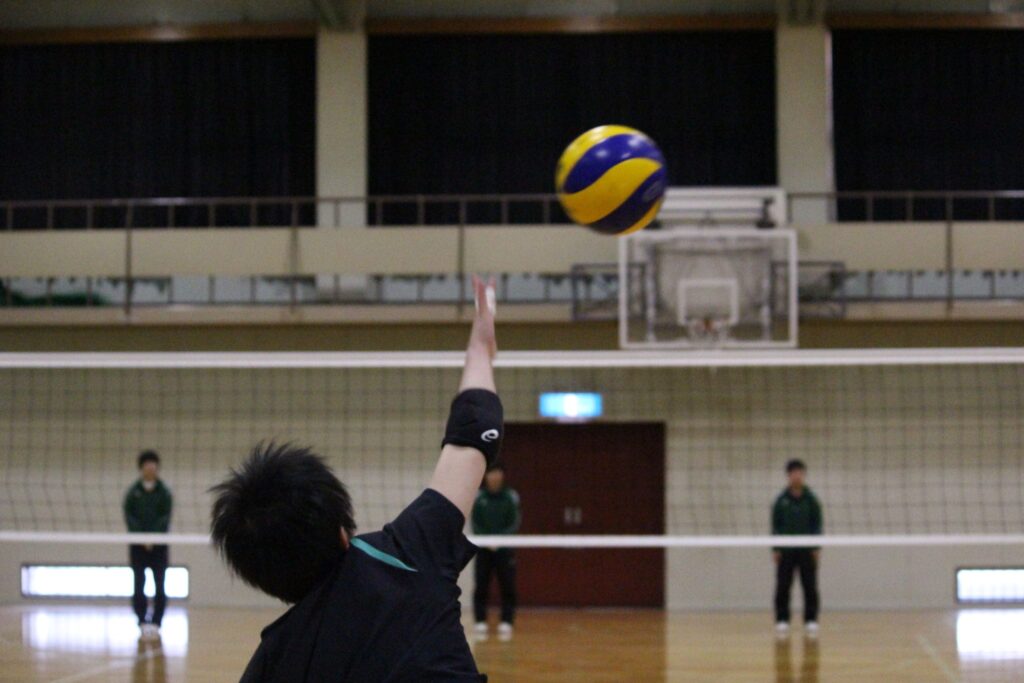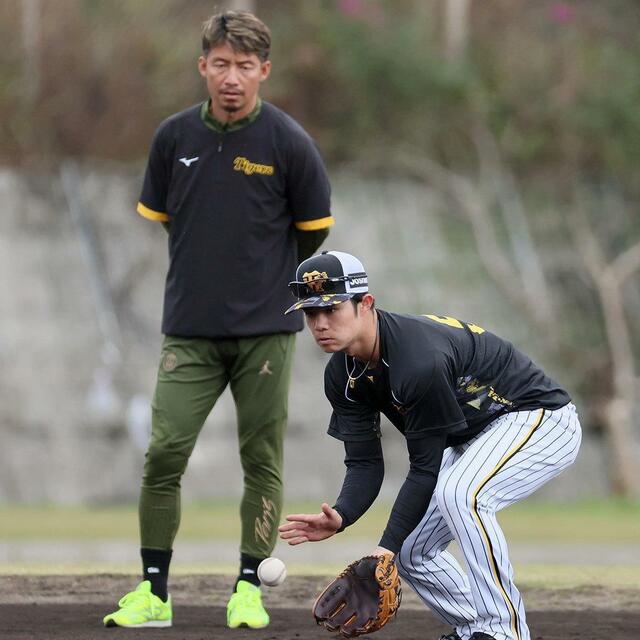
In Kendo training, “Suburi” is the most basic of basics. This series of movements is considered an essential element in learning how to wield a sword and how to use your body.
Through practice swings, kendo practitioners can hone their techniques and train their minds.
In this article, we will focus on kendo practice techniques and introduce techniques that everyone from beginners to experts can practice in their daily practice.
Each section provides a detailed explanation of the process, starting with basic operations and gradually progressing to applied techniques.
Whether you are new to Kendo or already have some skill, this guide will help you improve your Kendo skills.
目次
- 1 Basics of Kendo Suburi – Basic techniques that beginners should know
- 2 Effective practice menu – concrete examples that can be used in daily practice
- 3 Practice frequency and time – ideal practice schedule
- 4 Improving technique through practice swings – make a difference with effective practice methods
- 5 Kendo tools and practice swings – How to choose the right tools and maintain them
- 6 summary
Basics of Kendo Suburi – Basic techniques that beginners should know
Suburi in Kendo is the basic training method for learning how to use a sword.
Here, we will explain the basic poses and movements of practice swings, correct posture, and breathing techniques that beginners of Kendo should know.
Basic practice poses and movements
When performing practice swings, the position of the feet and the balance of the body are important in the basic pose.
First, open your feet a little wider than shoulder width and take a step back with your left foot.
Keep your knees slightly bent and your weight distributed evenly between your feet. Grip the sword firmly with both hands, and hold the sword so that the point points forward.
Starting from this position, the sword is swung high above the head, then forcefully swung forward.
Perform this action while keeping in mind that the trajectory of the sword is straight.
Correct posture and breathing techniques
Correct posture during Kendo practice swings is essential for efficient movement and improved technique.
Make sure to keep your back straight and relax your shoulders so that you don’t use unnecessary force.
Also, when performing practice swings, it is important to breathe in time with the movements.
Breathe in when raising the sword, and exhale forcefully when swinging it down.
This breathing technique allows you to move more smoothly and transfer more power to your sword.
By mastering these basics, you will deepen your understanding of Kendo techniques in general, and you will be able to lay the foundation for stepping up to even more advanced techniques.

Incorporating effective practice swings into Kendo training will directly lead to improved technique.
Below are practice swing menus for beginners and advanced players.
By incorporating these menus into your daily practice, you can expect to establish and improve your skills.
Menu for beginners
-
Basic swing
- Number of times: 50 times daily x 3 sets
- Description: Swing the sword straight up and swing it down forcefully, keeping in mind the center line. Pause briefly between each swing to adjust your posture and breathing.
-
Practice swing that combines footwork
- Number of times: 30 times daily x 3 sets
- Description: Combines basic practice swings with forward or backward footwork. When moving forward, swing the sword down, and when retreating, move your legs at the same time as swinging the sword up.
-
Small practice swing
- Number of times: 20 times daily x 3 sets
- Description: Perform practice swings in small steps to pursue the accuracy of basic Kendo movements. Particular focus is placed on controlling the tip of the sword.
-
Continuous practice swing
- Number of times: 100 times daily x 2 sets
- Description: Perform practice swings continuously and maintain accurate swings even when fatigue accumulates. By providing continuity, you increase your endurance and stability of technique.
-
Practice swings that incorporate irregular movements
- Number of times: 50 times daily x 3 sets
- Description: In addition to standard practice swings, incorporate sudden changes in direction and speed. Develop reaction speed and flexibility to respond to unpredictable situations in actual combat.
-
Heavy sword practice swing
- Number of times: 30 times daily x 3 sets
- Description: Performs a practice swing using a sword that is heavier than normal. This will make the sword you normally use feel lighter, and is expected to improve your speed and snap.
It is recommended that these menus be incorporated into daily practice to improve Kendo techniques.
Beginners should aim to master the basics, while advanced players should aim to further deepen their techniques and strengthen their physical strength.

Practice frequency and time – ideal practice schedule
In Kendo practice, the frequency of practice swings and practice time are important factors in improving technique.
By creating an appropriate schedule, you can learn techniques efficiently and improve your physical fitness.
Tips for effective practice swings in a short time
In order to maximize the effect of short practice sessions, it is important to pay attention to the following points when performing practice swings.
- Improve your concentration : Practicing for short periods of time requires increasing your concentration. Improve your focus by calming your mind with a short meditation or deep breathing before practice.
- Focus on quality : Since time is limited, it is important to focus on the quality of your movements. It is important to put all your effort into each practice swing and maintain accurate technique.
- Set your goals : Before practice, set your goals for the day and focus on achieving them. For example, a specific goal is effective, such as “Today I will perform 100 practice swings in perfect form.”
What are the effects of long-term practice?
Prolonged practice swings provide many benefits, including:
- Improves physical strength and endurance : Exercising for long periods of time can improve your physical strength and endurance at the same time. This increases durability for long-term combat.
- Establishment of technique : By doing it repeatedly, it becomes easier to acquire the technique. By practicing for a long time, your body will naturally learn the correct movements, and you will be able to perform accurate techniques without even realizing it.
- Mental training : Long practice swings also develop mental tolerance. Practicing while feeling tired also improves your mental strength, and develops your ability to handle pressure during games.
It is important to adjust the ideal practice schedule according to your individual physical fitness and goals.
By combining short-term intensive practice and long-term endurance practice in a well-balanced manner, you can practice Kendo effectively.

Improving technique through practice swings – make a difference with effective practice methods
Practicing practice in Kendo is an important practice that not only improves technique, but also directly leads to raising the level of competition.
Below, we will introduce effective practice techniques and secrets for improving your technique.
By incorporating these methods, you can efficiently improve your Kendo techniques.
The secret to practice swings that directly leads to improved technique
The secret to improving your practice technique is as follows.
- Pursue accuracy : Kendo practice swings require the sword’s trajectory to be precise. It is important to keep in mind and keep practicing so that the tip of the sword points in the correct direction and height each time.
- Repetitive practice : Repetition is essential for improving technique. By repeating the same movements over and over again, you can ingrain the technique into your body.
- Add variety : By performing practice swings at different heights, speeds, and movements, you will develop your ability to respond to a variety of situations, rather than just doing monotonous practice swings.
Practice methods that lead to improved competition level
In order to improve your performance in competitions, the following practice methods are effective.
- Situation-specific practice : It is important to incorporate practice that simulates an actual match. For example, incorporate into your practice the movements you use to win an ippon in a match, or the quick response to an opponent’s attack.
- Strengthen your endurance : Practice long practice swings regularly to maintain your stamina during competition. Improved endurance allows you to maintain high performance even in the later stages of a match.
- Strengthening mental concentration : By practicing to increase mental concentration during practice swings, you will be able to calmly demonstrate your skills even under pressure.
By incorporating these practice techniques, you will improve not only your Kendo technique, but your overall competitive level.
It is important to incorporate these elements into your daily practice and strive for continuous self-improvement.

Kendo tools and practice swings – How to choose the right tools and maintain them
In kendo, selecting and maintaining proper equipment is extremely important.
Especially when practicing swinging, using the correct tools will directly improve your technique.
Here, we will explain how to choose sword tools for practice swings and how to maintain them.
Selection of sword tools for practice swings
When choosing sword tools, it is important to choose one that is appropriate for the user’s level and physique. The points to keep in mind when choosing sword tools especially for practice swings are as follows.
- Weight and balance : It may be a good idea to choose a practice sword that is slightly heavier than the competitive sword you usually use. This makes the sword feel lighter and allows for faster movement in real matches. However, if it’s too heavy, you won’t be able to learn the technique accurately, so it’s important to choose a weight that’s appropriate for your physical strength.
- Length : Choose the length of the sword according to your height. Generally, the appropriate length is from the ground to your hand when you stand and hold the sword vertically.
- Material : For practice swings, it is recommended to choose a sword made of durable and easy-to-handle material. When it comes to bamboo swords, it is best to choose a sturdy product and consult with a kendogu store before choosing one.
The importance of caring for and maintaining tools
Proper maintenance of kendo tools is necessary not only to extend their lifespan, but also to continue practicing safely.
- Cleaning : Be sure to clean your sword tools after use to remove sweat and dirt. Especially in the case of Shinai, if not taken care of, it can cause mold and cracks.
- Storage : It is desirable to store sword tools in a place with low humidity and good ventilation. It is important to avoid direct sunlight and choose an environment with little temperature fluctuation.
- Regular inspection : Before practicing practice, check the condition of the shinai to make sure there are no cracks or damage. If there is a problem, it is necessary for your safety to repair it or replace it with a new one immediately.
By following these basics, your kendo tools will last a long time and you will always be able to practice in top condition.
Selection and maintenance of appropriate equipment is one of the important elements in improving Kendo techniques.

summary
Suburi is the basis of Kendo practice and is an essential element for improving technique.
A summary of what has been explained here is as follows.
-
Basics of practice swings : Correct posture and movement are the basics when starting out. Learn the basic poses and movements and solidify the foundation of Kendo.
-
Effective practice menu : Daily practice will be more effective by incorporating menus suitable for each stage, from beginner to advanced. Intensive practice in a short period of time and strengthening your endurance over a long period of time are directly linked to improving your technique.
-
Frequency and duration of practice swings : The aim is to improve technique and strengthen stamina through an appropriate combination of short intensive practice and long practice. It is important to plan your daily practice and create an effective schedule.
-
Improving technique through practice swings : Repetitive practice is essential in order to improve technique. Furthermore, in order to improve your competitive level, it is effective to practice in a manner that simulates actual competition and to strengthen your endurance.
-
Kendo tools and practice techniques : Proper selection and maintenance of kendo tools is essential for safe and effective practice. It is advisable to pay close attention to the care and maintenance of your equipment so that you can always practice in optimal condition.
By comprehensively understanding and practicing these elements, you will be able to efficiently improve your Kendo techniques and develop a higher level of competitive ability.
Kendo is a martial art that promotes not only physical training but also mental growth, so it requires a serious commitment to daily practice.





